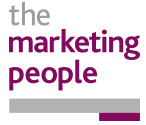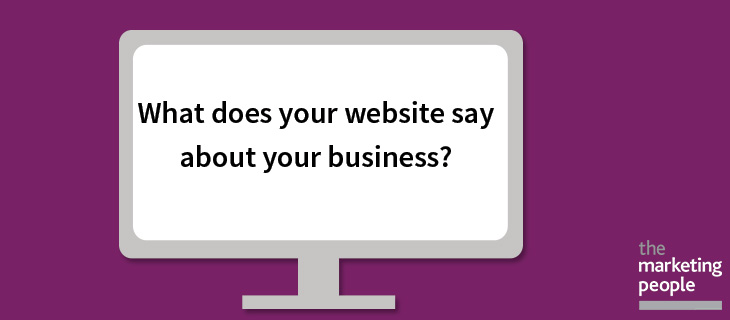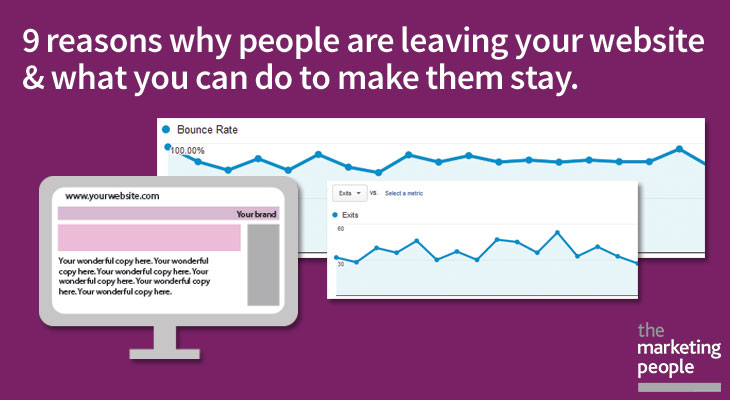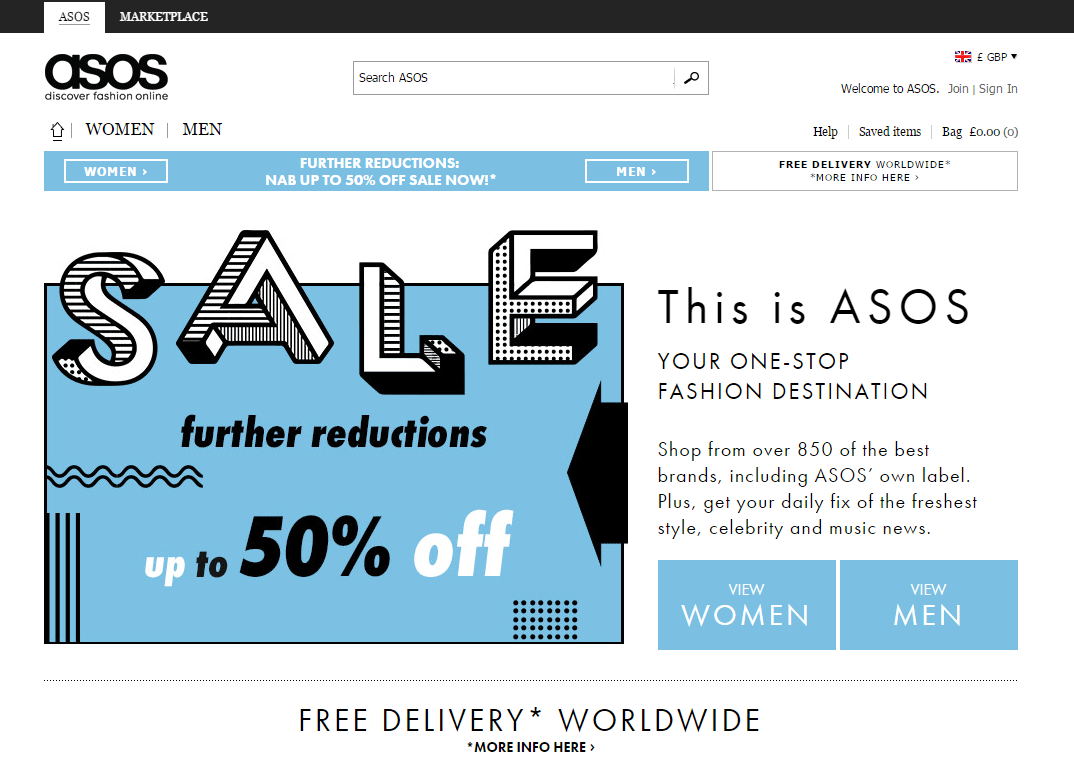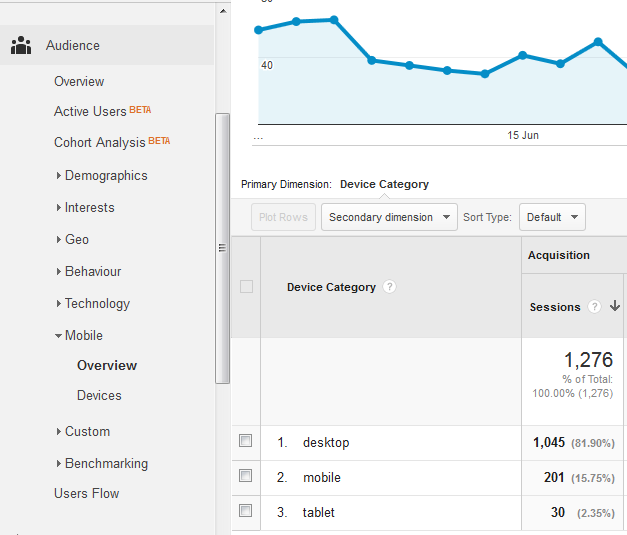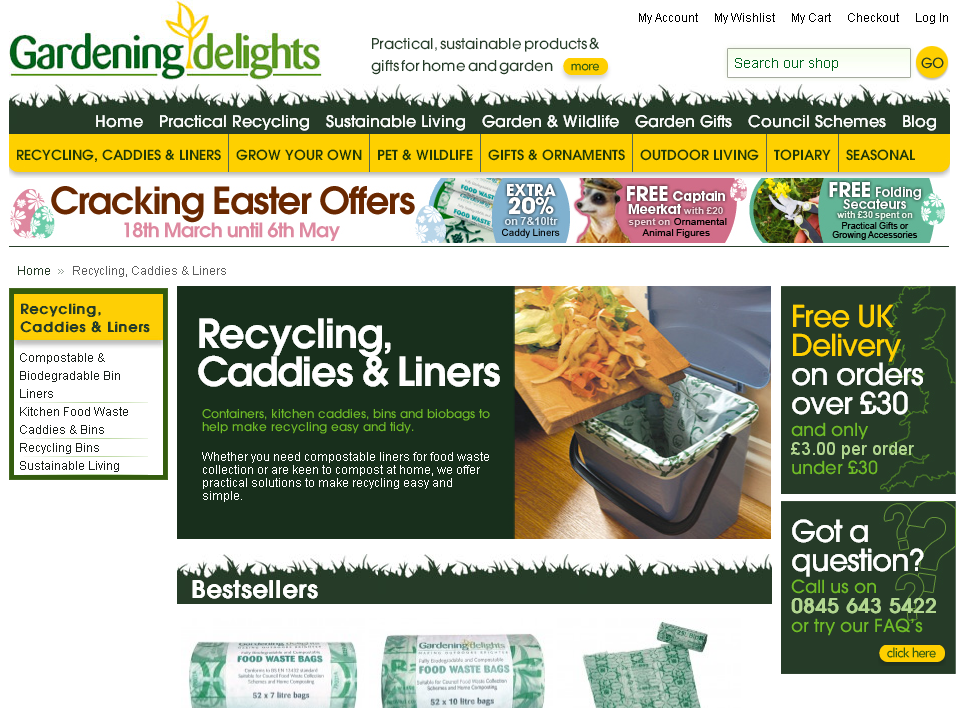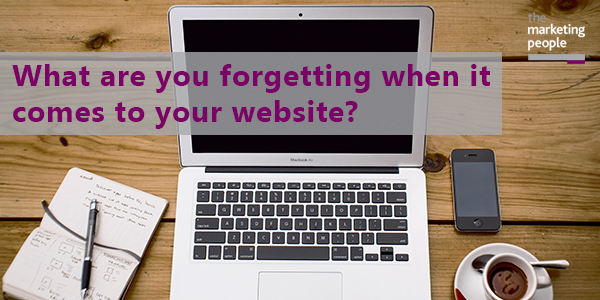

The web has come a long way, and seems to be gaining pace each day. The majority of businesses now have a website, or know that they should have. But with 996 million websites out there, we’re all bound to forget something right? Here’s some basic points of consideration when you’re looking to keep your website in check and in competition.
Can people find it?
We have a lot more capability than ever before when it comes to websites. Whatever design you want. On whichever device you want. Saying exactly what you want. About whichever products or services you want to talk about.
However, in this exciting stage of putting everything together, choosing how everything will look and feel. It can be easy to forget, how are people going to actually find all of this hard work? Is this SEO friendly?
I know the phrase ‘SEO friendly’ will send shivers down the spines of some businesses. Those who have worked with overzealous marketing companies. Who pushed the phrase down their throat, but they do have a little bit of a point.
We now live in a customer centric world, with 90% of us saying, when we’re ready to buy, we’ll find you. Our buying habits have changed, and believing the old saying of ‘build it and they’ll come’ will lead you to more disappointment than happiness.
Take a little time to consider your SEO and it may make a bigger impact than you realise. A huge 57% of B2b marketers say SEO has the biggest impact on their lead generation, meaning it may be worth spending those extra couple of days in the creation process, and a regular review during the lifecycle of your website to ensure you are making it as easy as possible for customers to come to you.
Still not quite sure on how SEO works, and why you should be considering it? We wrote a post on this not too long back, which explains a little more about what it is, as well as including a useful graphic that shows all of the considerations that happen for SEO, and how much pull each factor has, so you know what aspects to prioritise on.
Can people use it?
Once people have found you, and hopefully for all the right reasons, can they actually use your site? This may sound a daft question, but it’s something we cover a lot in our line of work, with companies making sites for the company, not for their customers.
Not sure what we mean? Well consider as a user how many times you have gone on to a beautiful website, full of gorgeous graphics that leave you dying to know more, but for the life of you, you can’t find the product you need, or even how to contact the company for more information.
Yes, that image of a beautiful city shot with the sun shining down may perfectly encapsulate your urban setting, and that you are one with the business world, but if there’s no other information to complement your picture, your user can’t find anything, it defeats the purpose.
Make things easy to navigate for your customer. How do they think? How do they get to what they need to in the minimum amount of clicks, ensuring you are making the most of their attention for the short time you have it?
47% of website visitors go to a company’s products or services before looking at any other part of the website, and why wouldn’t you want them to get there easily if it means more sales for you?
This doesn’t mean forget design altogether, because well designed websites do stand out! But when you review your website, look at it through a customer’s eyes, not your company’s eyes.
Still not sure on how you can create a user friendly website? You can get a good guide in one of our previous posts on this, as well as a case study on how it worked for one of our clients.
Can people read it?
Copy is an aspect many people underestimate. How hard is it to write a few words on a page? Very, as it turns out. To write copy that your users want to read, that is informative and that pulls them through the sales funnel, all whilst being SEO friendly.
There is a lot of hype at the moment about ‘content marketing’, and that’s because it works. Which can be seen with 86% of all marketers are using content marketing. As we mentioned earlier, almost all of us will look for products when we’re ready to buy, rather than waiting to be told about what we should buy.
It can be hard to make this shift. Particularly if you’re a business which is used to dealing with more traditional methods of marketing. But just think of your content as an extension of your sales process. So when people reach your website, they still receive the professional/friendly/technical information they would if one your reps was out on a visit. They receive all the benefits as to how this product or service will help them, and the killer line that makes people buy. And then you encourage them to take action in whatever way fits. Whether that’s making a phone call, completing a form, or reading another blog post.
Take the time when it comes to your copy, and make it something your customers will actually want to spend reading. And if you are struggling, reach out and speak to an agency or freelancer, as there are some very talented people out there, that could really propel your website forward, and ensure important points stand out on the page.
If you want to take on your copy yourself though and need a little help, then we have plenty of articles full of advice and tips, including this post on how to improve your website copy and help generate leads and sales.
Can people steal it?
Copy writing your website may not be your first thought. However, it is important to ensure other people don’t steal and potentially profit off your hard work.
In the nicest light it can be seen as flattery that someone is so inspired by what you have done. They want to claim it as their own. But the majority of the time, it is painful to see someone else taking credit and sales from your work.
You should at the very least be ensuring your website includes a copyright. This should have your business name and the year. Also adding clauses in your terms and conditions that anyone who copies content without permission will have action taken out against them.
You can also be proactive in checking whether your content has been used elsewhere by using free tools such as copyscape, to perform a quick check where else your content appears.
If you want to read more about how you can copyright your content, images and design of your website, you can read one of our previous posts on protecting your content, brand and ideas.
How are you going to keep people coming back?
Now you have your website all set up, and your content sorted, and you’re getting visits to the site, how do you keep all this going?
By regularly reviewing your website! Again, it’s not just a build and they’ll keep coming. You need to freshen up your content. You need to check that all the links in your site work. You need to check your analytics and see how people are finding and using your site, and adapt accordingly.
Websites are a live document, so even if you can’t constantly be updating, you need to ensure you regularly review how it’s doing to make it successful for your business.
If you do require any help or advice with your website, why not speak to the experts? All of our team are friendly, efficient, and have a passion for marketing, so what do you have to lose? Call us today on 01543 495752.
If you want to read more from our website series of blogs, just click here to see what other resources are available.
